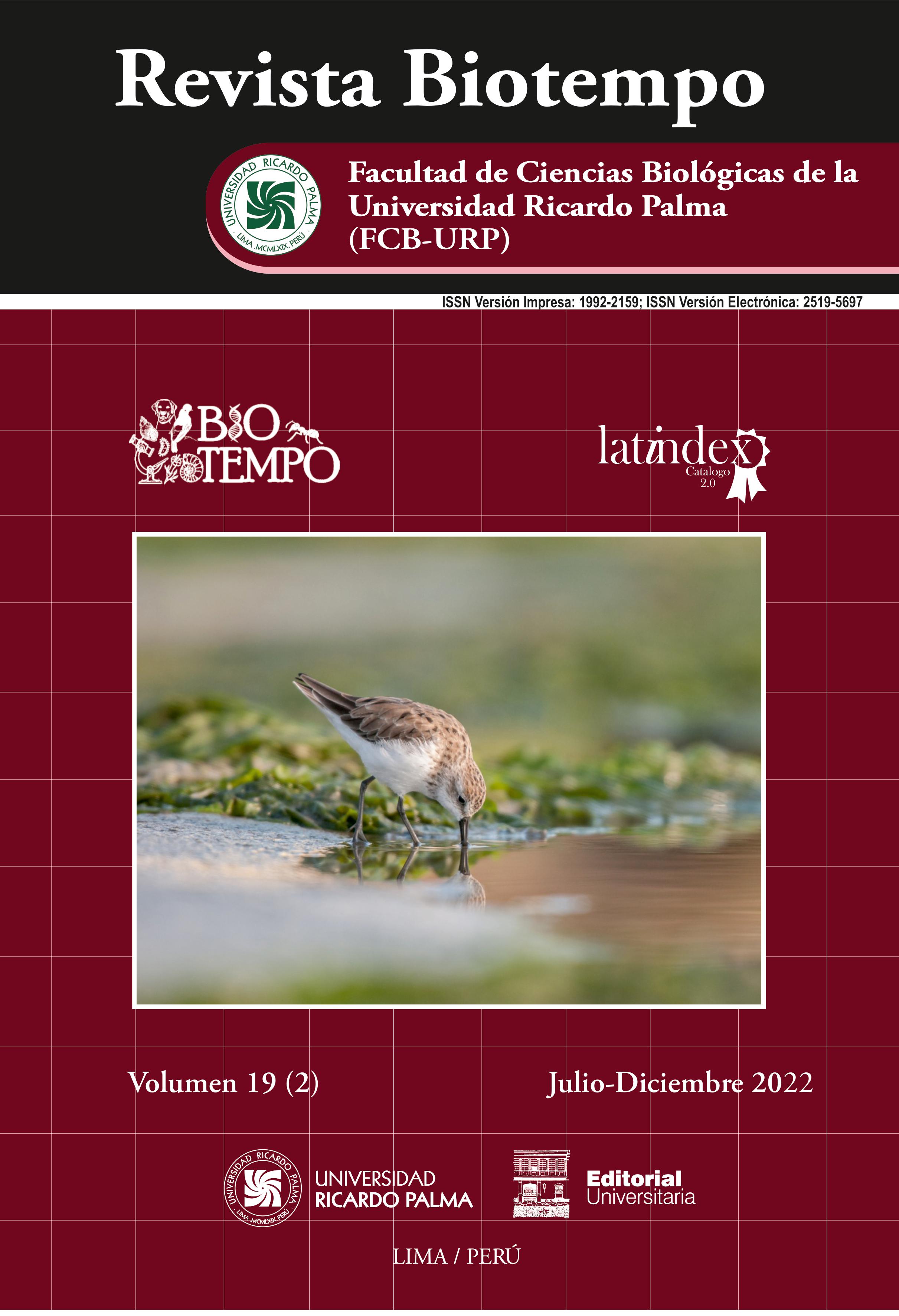DEMOGRAPHIC VARIABLES OF THE MUNICIPALITY OF MANICARAGUA, VILLA CLARA, CUBA
DOI:
https://doi.org/10.31381/biotempo.v19i2.4989Keywords:
aging, birth rate, death rate, demographic variable, migration balance rate, working populationAbstract
The study of the population is of vital importance for the planning of a country, these are sources of information for administrative decision-making. In Cuba, there are national and provincial regularities regarding the main demographic variables, but particularities are appreciated in the municipalities; above all, in those with mountainous characteristics, as is the case of Manicaragua, in the Villa Clara province, in Cuba. The objective of the work is to describe the demographic variables of the Manicaragua municipality, Villa Clara between the years 2016 and 2019. Methods of the theoretical and empirical level were used, the review of documents being fundamental, focused on the analysis of statistical, national, provincial, and municipal from 2016 to 2019. The data obtained corroborate a negative annual growth rate in the years analyzed, ranging between (-9.5) in 2016, to (-10.9) in 2019, the population pre-employment decreased from 2016 to 2019 from 11,518 people to 10,460 people, the dependency ratio increased from 2016 (574 0/00) to (576 0/00) in 2019, with low birth rates prevailing in 2016 (10.2 per thousand) and (8.4 per thousand) in 2019, the general mortality varies, in a range from 9 0/00 as a minimum expression in 2016, to a maximum of 10.3 0/00 in 2018, while the migratory balance is negative in the period behaving in a range between 8 0/00 and 11 0/00. The population has aged by 260 more people, between 2016 and 2019. All this situation can compromise, in a relatively short time, the socio-economic stability of the territory.










